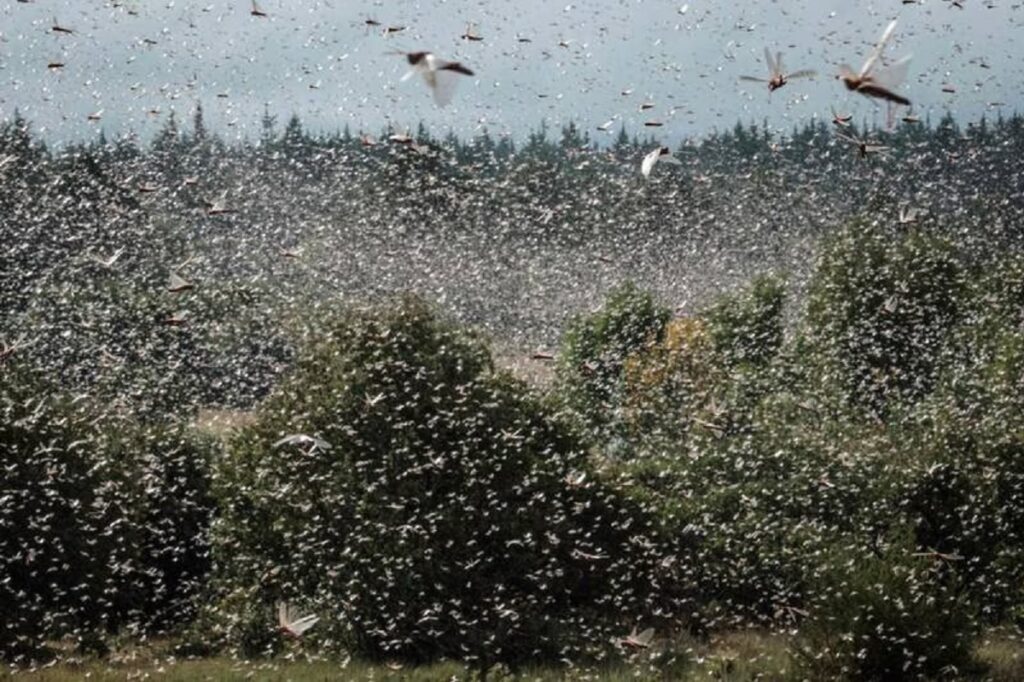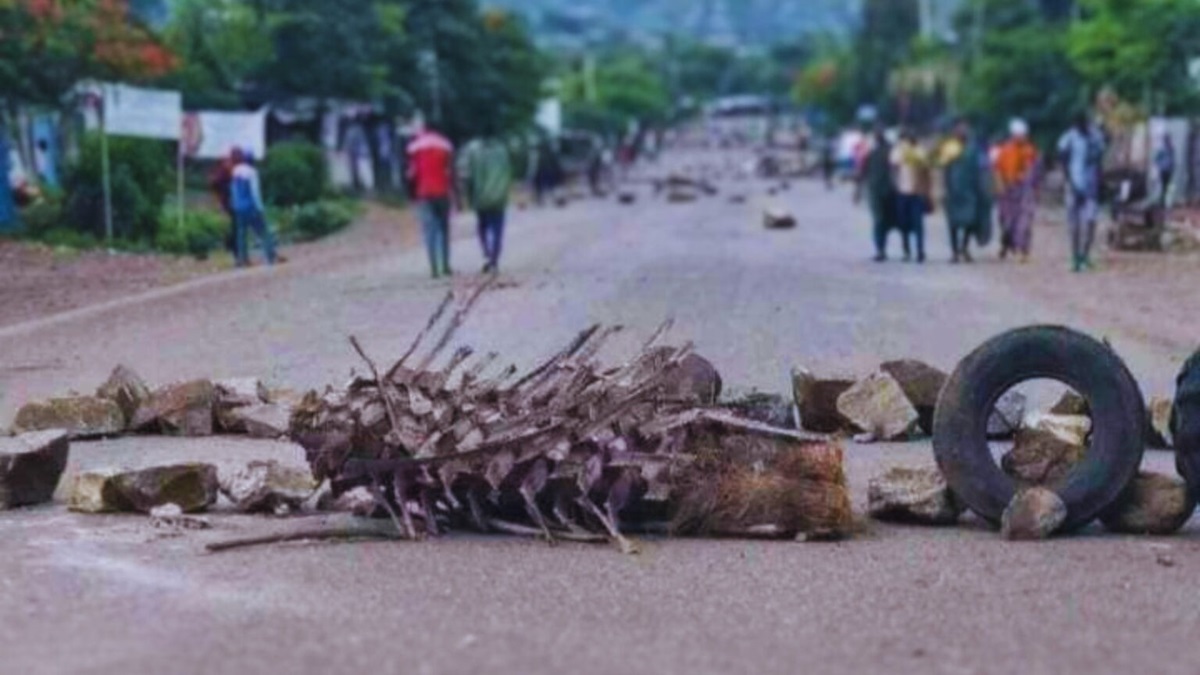News: Severe tree locust infestation wreaks havoc, exacerbating food insecurity in Tigray region

Addis Abeba – A devastating onslaught of tree locusts has caused widespread destruction to trees and mature food crops, spreading over an extensive 15,000-hectare area in the northwestern Tigray region. The dire consequences of this plague have intensified the already prevalent food insecurity that residents in the region are grappling with.
Mebrahtom Gebrekidan, the Director of the Pest Control Directorate at the Tigray Agriculture and Natural Resources Bureau, revealed to Addis Standard that the impacted areas include Seyemti Adyabo and Tahtay Adyabo woredas. He further stated that this outbreak, which began on 13 September, 2023, is one of the largest and most extensive the region has ever witnessed.
In August 2023, the Tigray Interim Administration expressed deep concern regarding the rapid spread of desert locusts within the region and appealed for assistance from both the federal government and international organizations. The head of the interim administration, Getachew Reda, highlighted that a task force has been set up by the regional administration to tackle this issue. Getachew further stressed that desert locusts have reached their adult stage, thereby posing a substantial threat to agricultural production in the region.
After receiving reports from local administrations last month, the regional bureau dispatched a team to verify the presence of locust swarms. However, they have faced significant challenges in providing assistance due to a dearth of logistical support and resources, which are insufficient to address the current situation in the region.
Mebrahtom emphasized the severe harm that the locusts are causing to vital food crops such as sorghum. He also expressed the bureau’s limited response due to a shortage of pesticides and sprayers. As a result, the region is forced to depend on traditional methods such as smoke to fight off the swarms.
Currently, only 17% of the affected area has received chemical treatment. In August, the region used up all of its supplies of chemicals, amounting to 7,000 liters, while combating a desert locust infestation.
The director also mentioned that the presence of Eritrean troops in Tahtay Adyabo has hindered access and complicated response efforts. To address the crisis, the federal government is dispatching 60 sprayers and 2,000 liters of pesticides. However, Mebrahtom asserts that this assistance is inadequate given the magnitude of the problem.
According to the United Nations (UN), around one million people in Ethiopia have been affected by the invasion and are in urgent need of assistance regarding food. A 2020 impact assessment reveals that desert locusts have infested more than 2,350 square kilometers of land encompassing the regions of Afar, Amhara, Oromia, Somali, and Tigray. This infestation spans across 125 woredas across the country.
Mebrahtom urgently calls upon national authorities to swiftly provide more aid and resources before the locust damage spreads any further. AS







